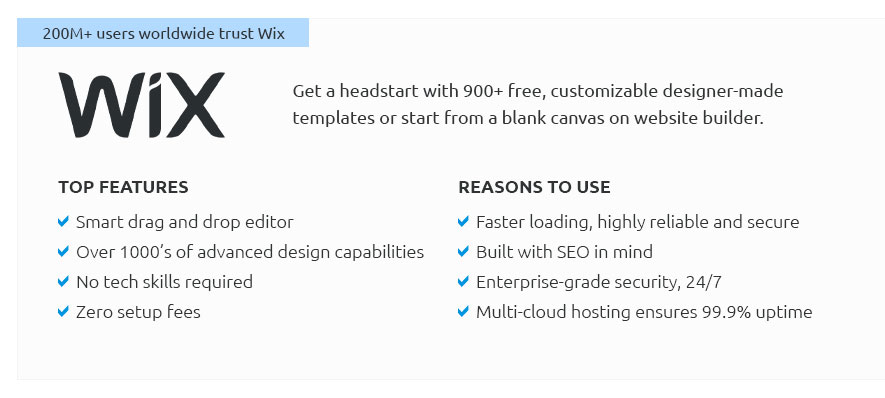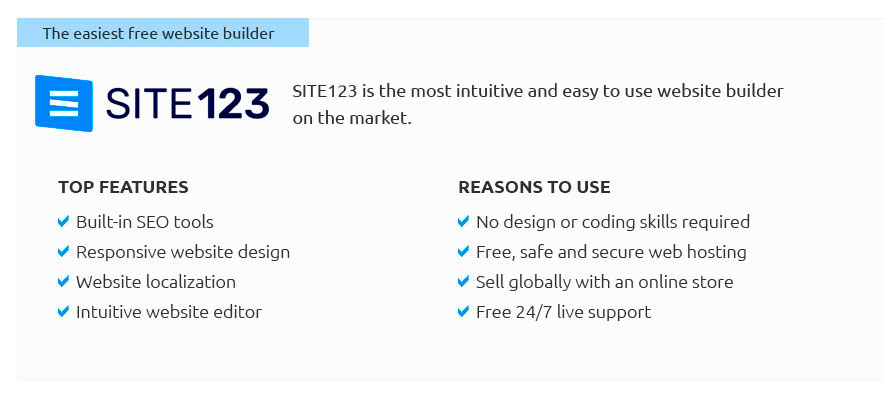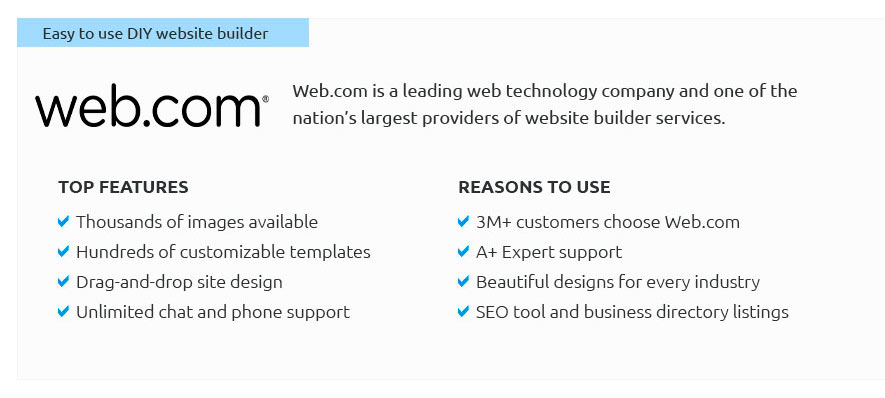 |
 |
 |
 |
|
 |
 |
 |
|
 |
|
 |
 |
|
 |
|
 |
|
 |
 |
How to Do Website AnalysisWebsite analysis is an essential skill for anyone involved in digital marketing, web development, or business strategy. The process involves examining various aspects of a website to understand its performance, user experience, and areas for improvement. To begin with, let's delve into the importance of website analysis. By scrutinizing different metrics and user behaviors, businesses can tailor their strategies to enhance engagement and conversion rates. Before diving into the intricacies, it's crucial to outline the core elements of website analysis. These typically include traffic analysis, performance metrics, SEO factors, and user behavior insights. Traffic analysis helps you understand where your visitors come from, their demographics, and what devices they use. This data is invaluable for creating targeted marketing campaigns. Tools like Google Analytics are indispensable for this purpose. Next, consider performance metrics. These include page load speeds, uptime, and mobile responsiveness. In today's fast-paced world, users expect quick and seamless experiences. A slow website can deter potential customers, resulting in lost revenue. Performance optimization might involve compressing images, leveraging browser caching, or utilizing a Content Delivery Network (CDN). SEO analysis is another pillar of website analysis. This involves checking on-page factors like keyword usage, meta tags, and content quality, as well as off-page factors such as backlinks. A well-optimized website not only ranks higher in search engines but also attracts organic traffic, which is often more cost-effective than paid channels. Various tools, from SEMrush to Ahrefs, offer insights into SEO health. User behavior insights are paramount. By analyzing heatmaps and session recordings, one can understand how users interact with a website. Are they finding the information they need quickly? Are there points of friction in the user journey? Addressing these questions can drastically improve user experience and satisfaction. While website analysis offers numerous advantages, it is not without its challenges. The vast amount of data available can be overwhelming, making it difficult to focus on what truly matters. Furthermore, data privacy regulations, such as GDPR, necessitate a careful approach to data collection and analysis. It's essential to balance insights with ethical considerations.
In conclusion, while website analysis can be complex, it is an invaluable tool for improving online presence and achieving business goals. By focusing on key metrics and maintaining a user-centric approach, businesses can transform their websites into powerful engines for growth. Remember, the ultimate aim is not just to gather data but to derive actionable insights that drive meaningful change. https://www.invespcro.com/blog/website-analysis/
Website analysis is the process of examining and evaluating a site's performance, design, content, and user experience to identify areas for improvement and ... https://contentsquare.com/guides/website-analysis/how-to/
How to conduct a user-driven website analysis - 1. Inspect your technical and SEO fundamentals - 2. Analyze your site's performance across devices ... https://www.reddit.com/r/userexperience/comments/9qd75q/how_do_i_analyze_a_website_for_structure_and/
Comments Section - Define the business goals of the company. - Write out a task-flow or user journey diagram. - Evaluate the interface elements.
|